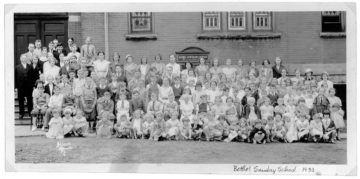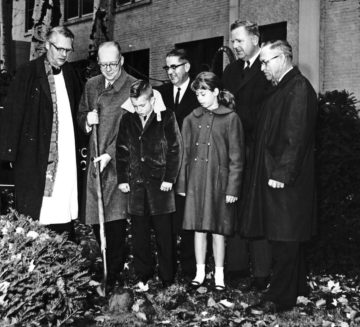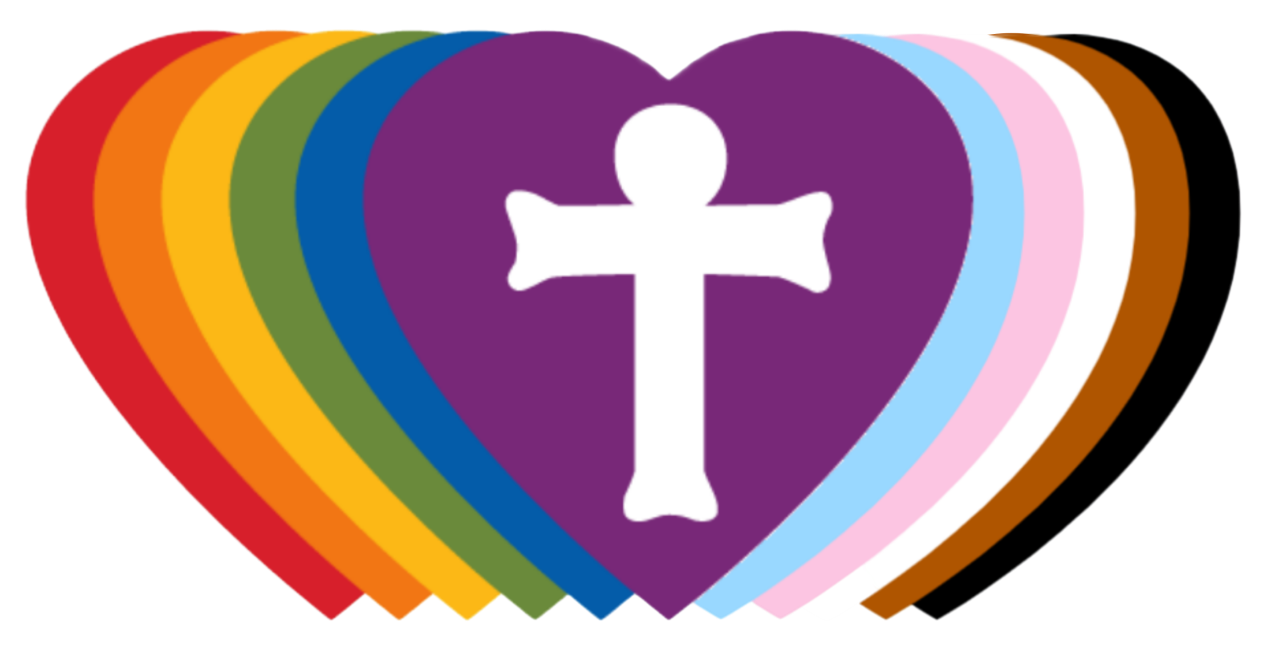Bethel History
Bethel History
In 1853, at the invitation of a handful of Norwegian-Americans, the Rev. H.A. Preus rode into Madison by horse from Spring Prairie to lead worship once a month. Initially, services were held in homes. Two years later, the Norwegian Evangelical Church of Madison was officially established and worship began in the chapel of Grace Episcopal Church.
By 1862 the small group had merged with another Norwegian Lutheran congregation and together built their first worship facility on the corner of Hamilton and Butler.
Concerned about the education of their youth, in the early 1860’s the Norwegian churches that comprised the Norwegian Evangelical Synod formed and funded Luther College. This college was originally located at Half Way Creek, Wisconsin and later moved to Decorah, Iowa. This was a fulfillment of their dream of a “Lutheran University” and a vast crowd of 6,000 came to the dedication of the first buildings in October of 1865. Thus began Bethel’s long and deep connection to Luther College.
The late 1800s was a time of theological strife for all Norwegian Lutheran congregations in America. A schism evolved over the subject of predestination, and for a brief time, the Norwegian Evangelical Lutheran Church became a member of the short-lived synod known as the “Anti-Missourian Brotherhood.” A small minority broke away and formed Our Savior’s Lutheran Church.
The Norwegian Evangelical Lutheran Church of Madison surged forward and in 1890 merged with yet another congregation from the then Augustana Synod. This began a period of rapid growth. Buildings included a parsonage, a Christian Day School and a chapel on East Washington Avenue at Second Street that was used for Sunday School. The need for a larger church building loomed on the horizon. Perhaps to signal a fresh start, in 1896 the Norwegian Evangelical Lutheran Church of Madison changed its name to Bethel Lutheran Church.
Six years later in 1902, Bethel Lutheran Church built its second house of worship at the Hamilton Street site where it celebrated its Golden Anniversary in 1905 with services in Norwegian and in English. By 1919, it was voted that worship would be offered in Norwegian only on the first Sunday of the month. By 1929 English was the rule.
It was time for Bethel to secure a resident pastor and Rev. Ole Gabriel Ueland Siljan came in 1906, serving Bethel for nearly 30 years. During his tenure, Bethel grew in size. A larger east side chapel was built as well as a new parsonage. Bethel continued to grow, and in 1922 purchased the land on which the church building now sits. According to the 1930 church records more than 1,000 people considered Bethel their church home. Bethel’s second church building on Hamilton St.
In 1935 Pastor Siljan retired and Pastor Morris Wee became the Senior Pastor. In that same year, a building committee was elected that ultimately built the church facility we see today. Ground was broken on July 7, 1940, and the new building was dedicated on June 1, 1941.
In 1946 Pastor Wee left Bethel to be national director of student work with the National Lutheran Council and Bethel called Pastor Fred Schmidt. Pastor Schmidt served as senior pastor until 1954 when he was elected President of the Eastern District of the American Lutheran Church (the equivalent of being elected Bishop).
Pastor Wee was called back to serve as Senior Pastor in 1955. During these years additional worship services were added and Bethel began broadcasting one of the services on radio station WIBA.
In 1957, during Pastor Wee’s second tenure at Bethel, Pastor Harley Swiggum was hired as an Associate Pastor. The two pastors were deeply concerned with the Biblical literacy of American Christians in general, and Bethel Lutheran members in particular. Pastor Swiggum, who interned at Bethel, was convinced that people could retain biblical concepts better when the concepts were presented visually. With the encouragement of his Senior Pastor, Pastor Swiggum proceeded to write a two-year curriculum and to engage an artist, Walter Ohlson, to illustrate the material. “The Bethel Bible Series” divided scripture into 40 categories which were to be taught over a two year period.
In 1960 the Bethel Bible Series began when Pastor Swiggum trained 28 people to become teachers. The teachers, in turn, taught classes on Wednesday nights, with as many as 21 classes with 600 students on a single evening. To accommodate congregations anxious to share the Bethel Series a separate organization, The Adult Christian Education Foundation was founded. Soon people were coming to Madison from all over the United States to be trained in this unique study series. Today nearly 7,000 churches in 47 U.S. denominations have been enrolled plus churches in fourteen other countries. Over 91,000 teachers have been trained and over 1,000,000 students have been enrolled.
In 1963 Pastor Robert Borgwardt became Bethel’s ninth Senior Pastor During his tenure radio gave way to television and after two other programs were aired “Worship At Bethel” began on WKOW, TV 27 with telecasts on three out of state stations.
During Pastor Borgwardt’s 28 years at Bethel, the Bethel Endowment Foundation was formed, XYZ (a ministry to older adults) began, two outreach houses were purchased and the church facility increased in size. In 1969 440 acres were purchased near Dodgeville, and Bethel Horizons was born. Pastor Duane Hanson, the energetic youth pastor, became the director of the camp. In the 40 years since that time, Pastor Hanson has remained as the director. The camp has expanded to include not only summer youth camping but Tent and Trailer camping, Environmental Education, Adventure Programming, Retreat facilities, and the amazing Art Ventures ministry.
In 1991 Pastor Bill White, a Wisconsin native became Bethel’s 10th Senior Pastor. In the nearly twenty years he has served at Bethel, several notable ministries have grown or started. The Media Ministry has increased from three to seven stations (Madison, La Crosse, Eau Claire, Milwaukee, Green Bay, Rhinelander, and Dubuque) and major remodeling of the TV studio and equipment occurred.
In 2002 Pastor Pedro Suárez was called to establish a Latino Ministry. More than 150 people gather each week to worship in Spanish. Bethel Community Services was born, enabling the church to expand its ministry to include an after-school elementary mentoring program for children from the Southdale area, and a ministry to Latino High School students. The Latino Ministry concluded in 2017.
A Homeless Ministry began in 2009. This ministry serves people in poverty in a 2-day a week program. It serves over 50 people per day. The highlights of every year are the Thanksgiving and Christmas lunches and a retreat to Bethel Horizons.
In the past decade the church council has systemically made improvements or additions in our 88,000 square foot facility. The most notable was the recent remodel to our entryway and main level of Bethel including the reception area, Emmaus Room, Good Shepherd Chapel, library, nursery, and many meeting rooms.
At last count, there are over 40 active ministry groups serving outside of Bethel in the community and in the world. Bethel also hosts over 50 different community groups throughout the year.
Bethel is a congregation with a faithful and exciting past, though we live with the conviction that our best days are still ahead.



